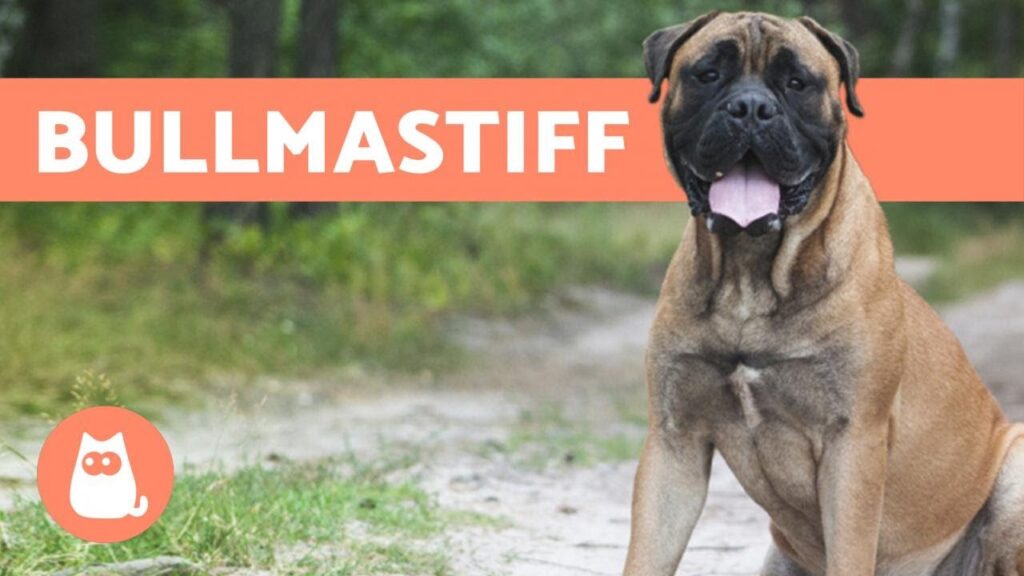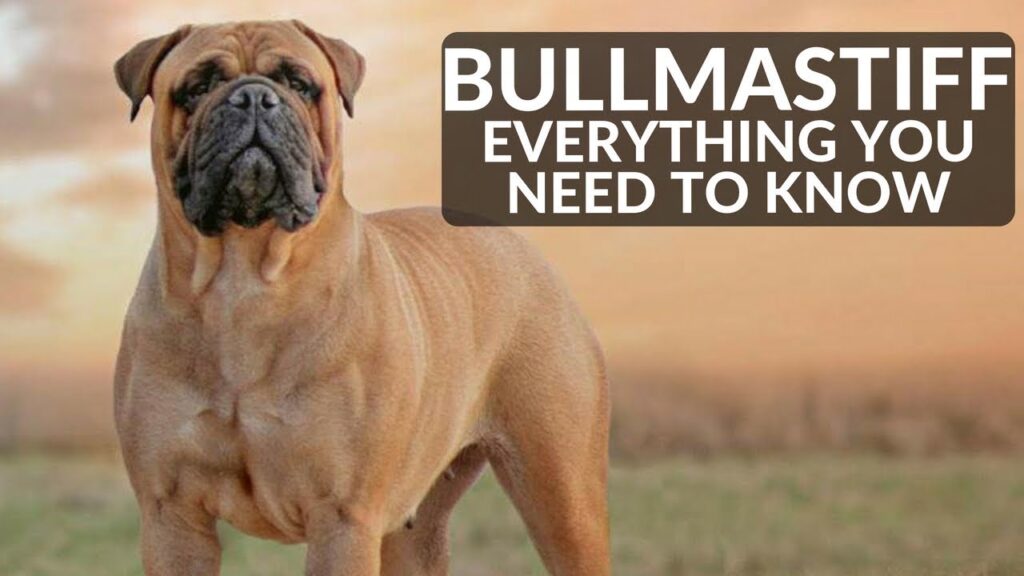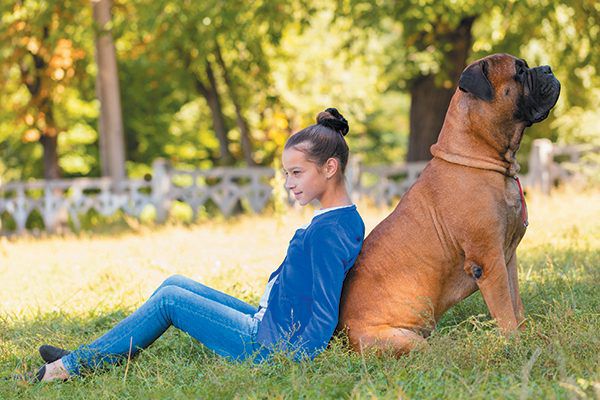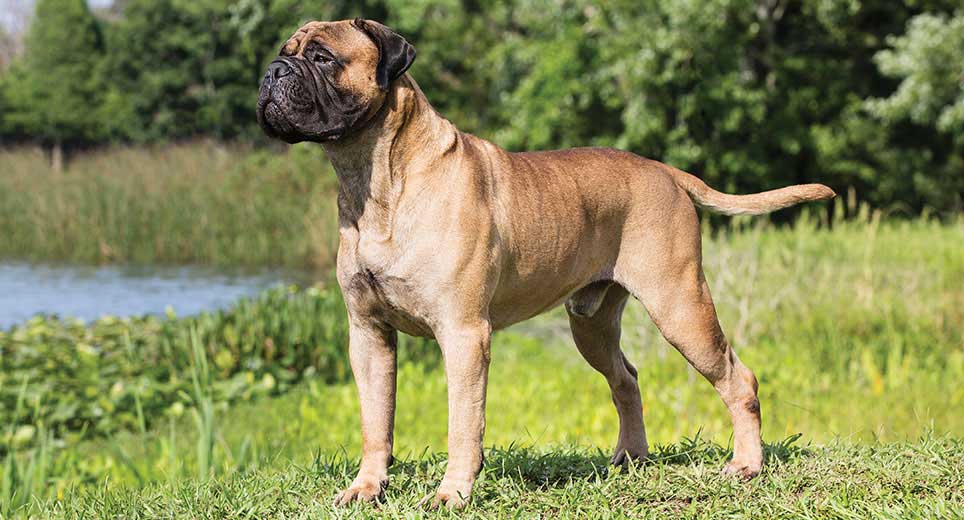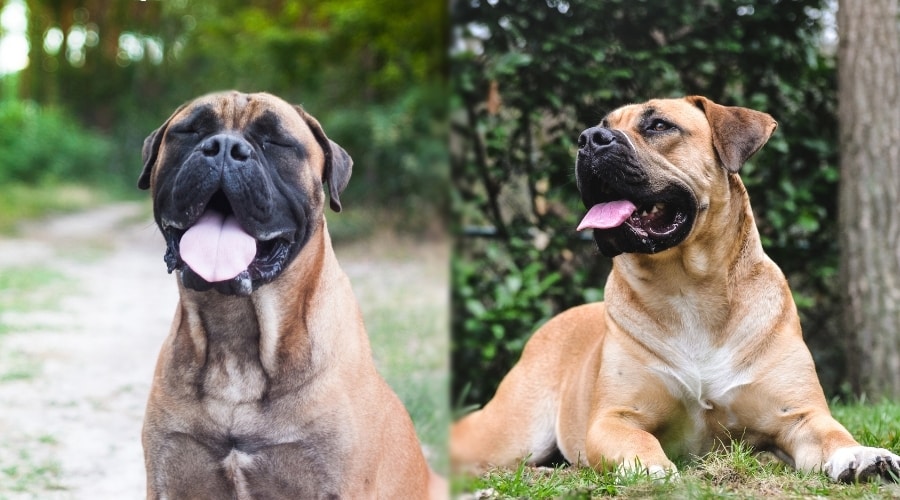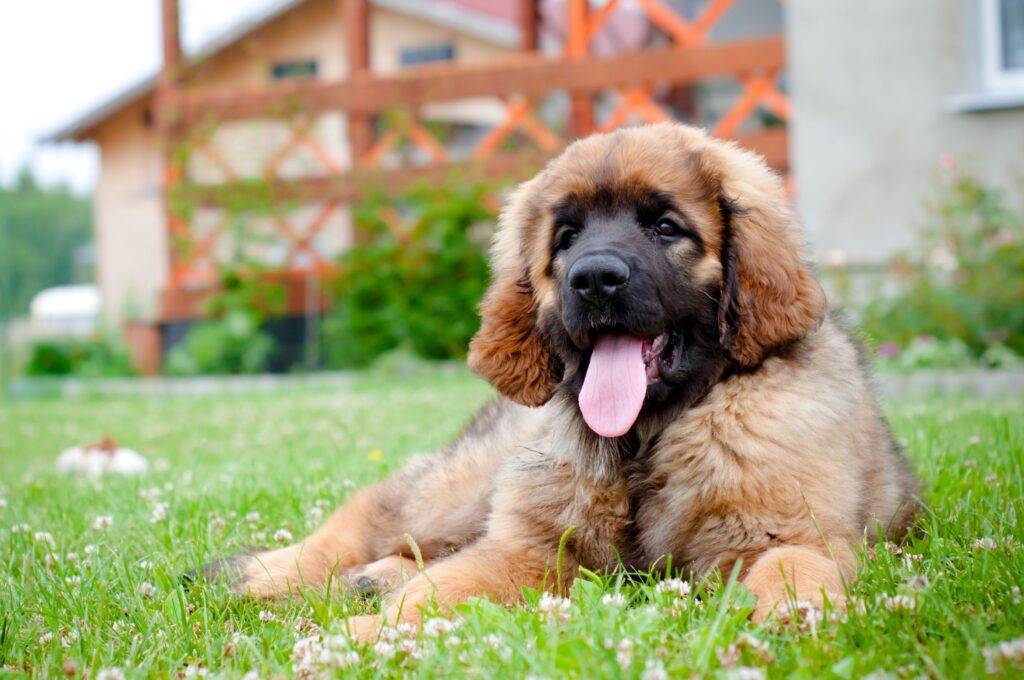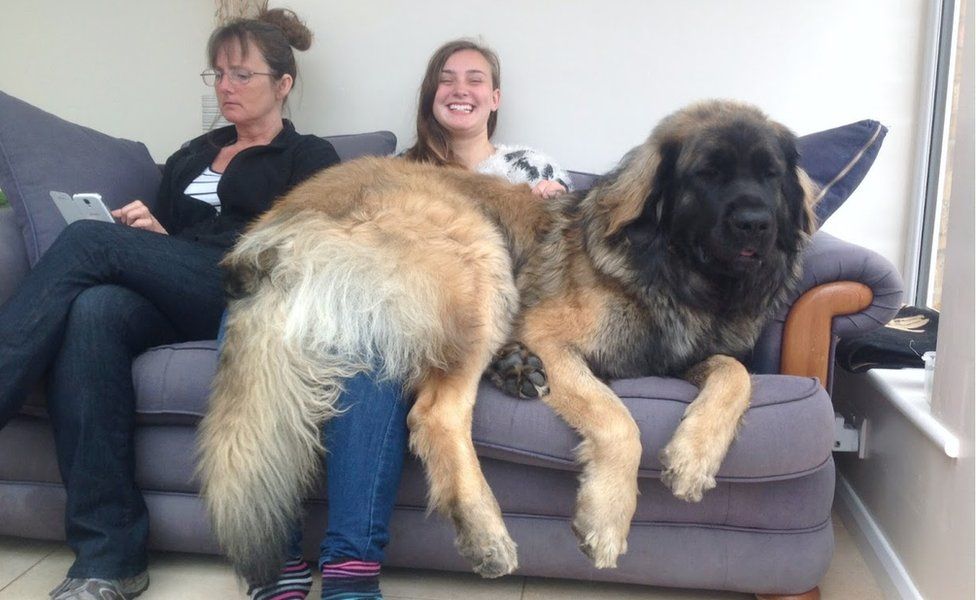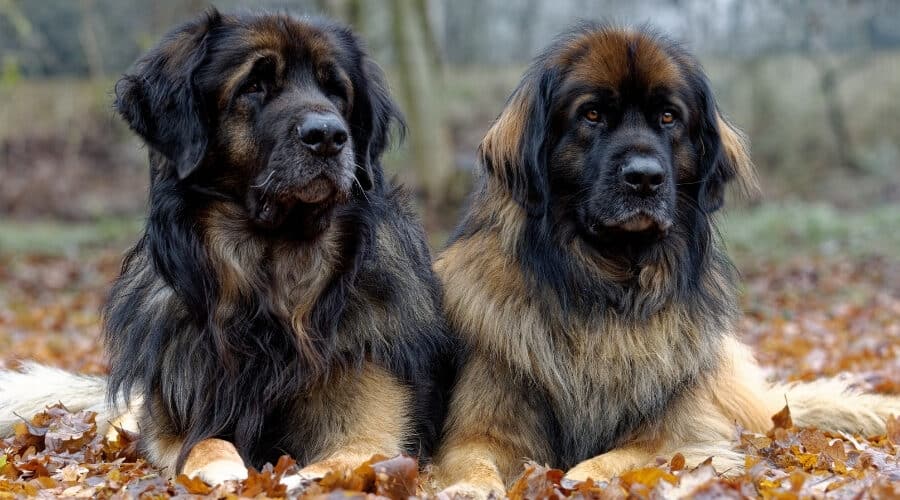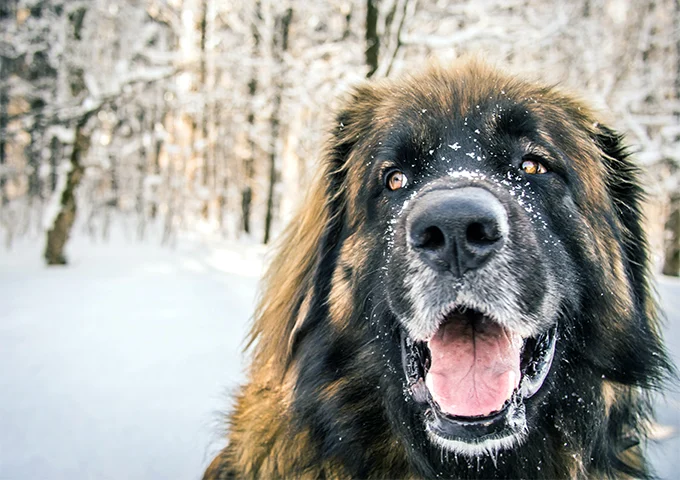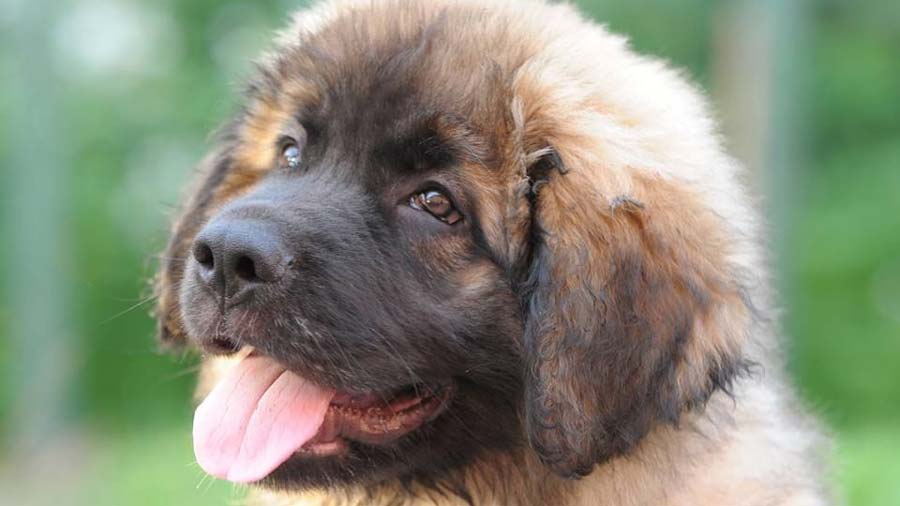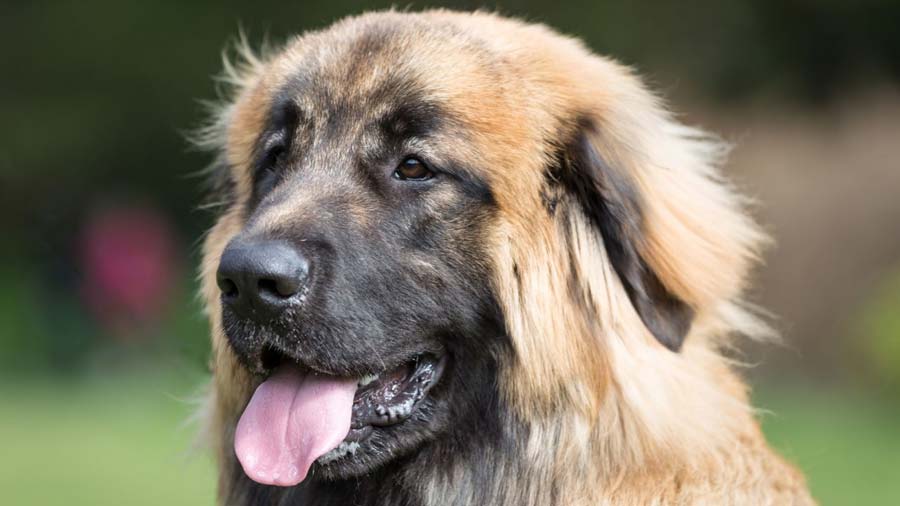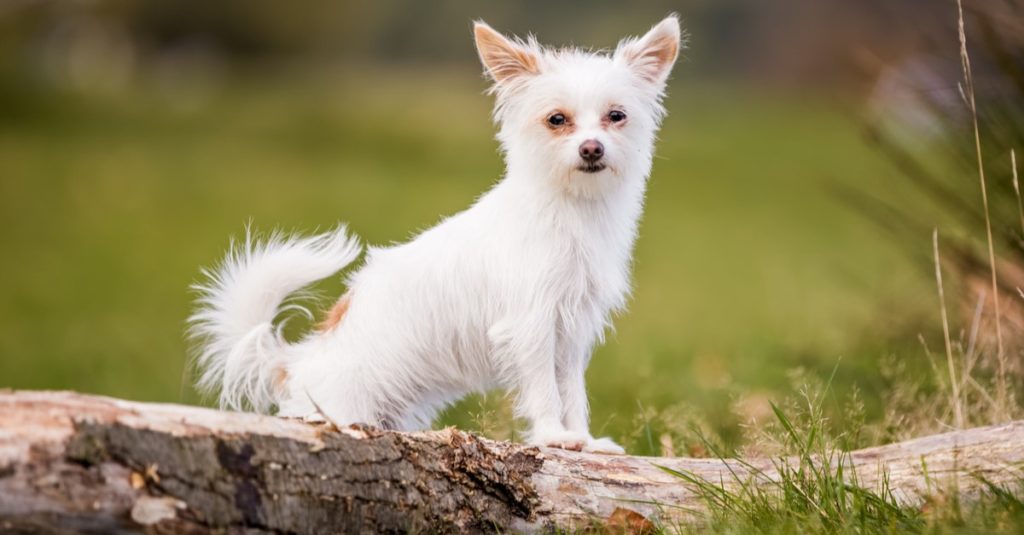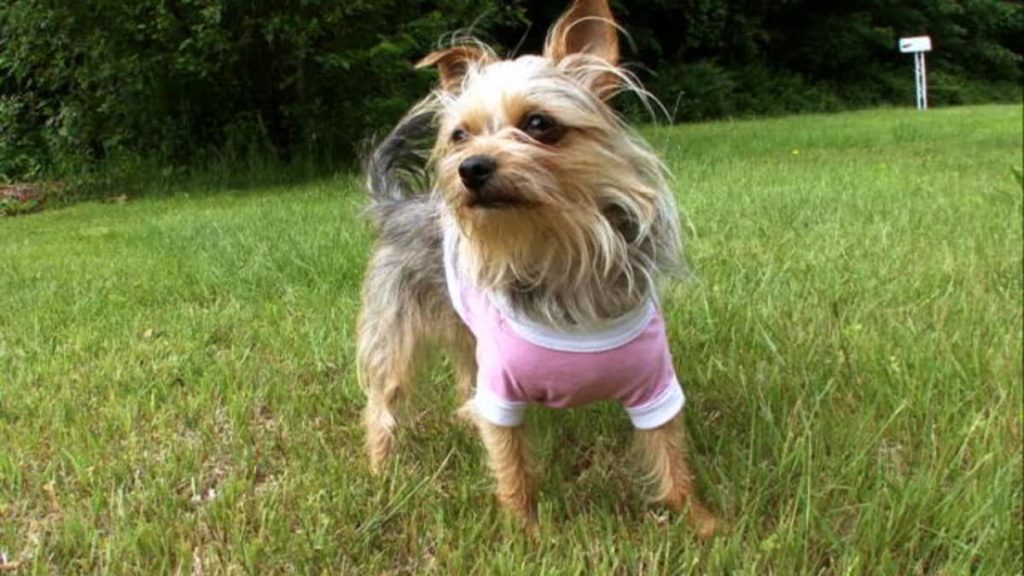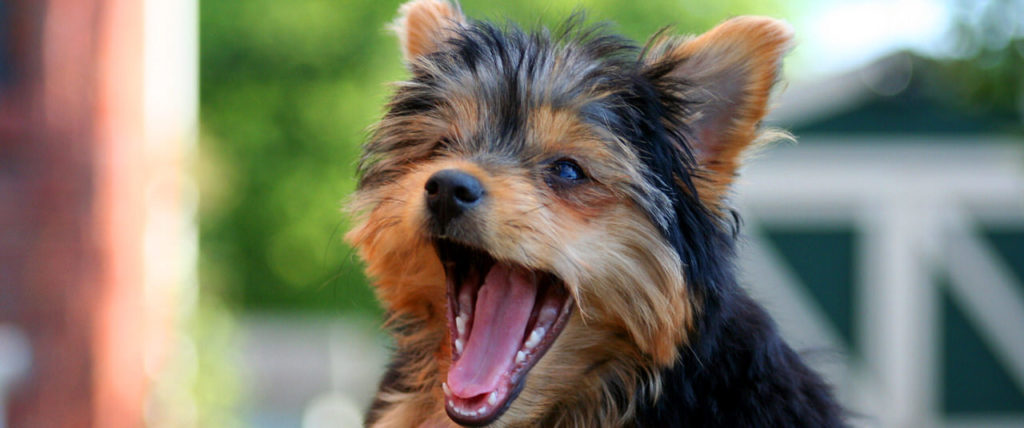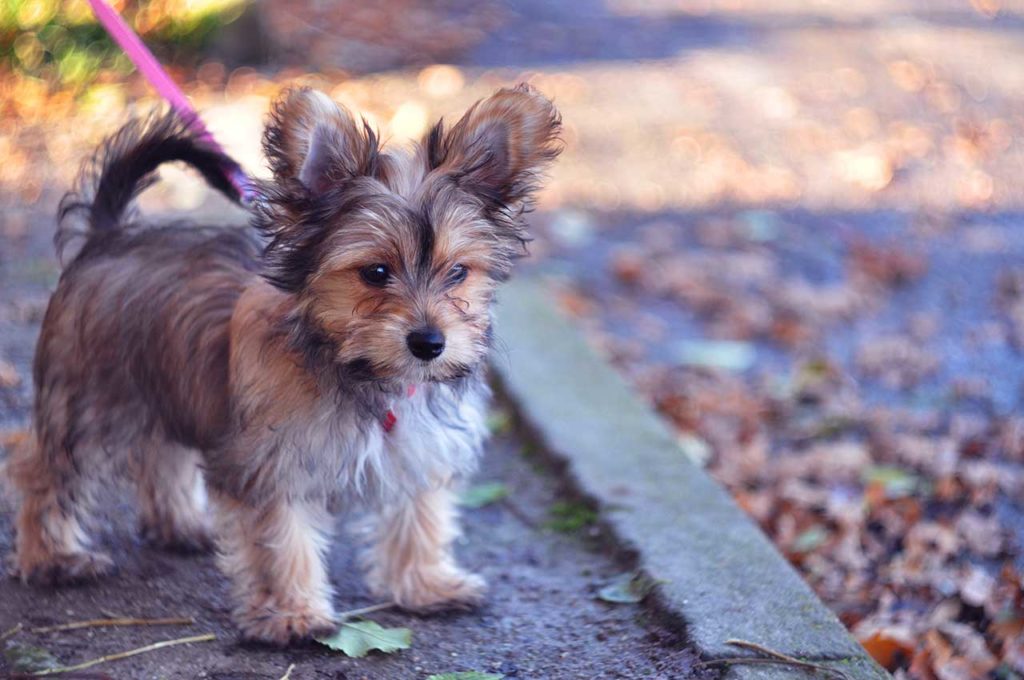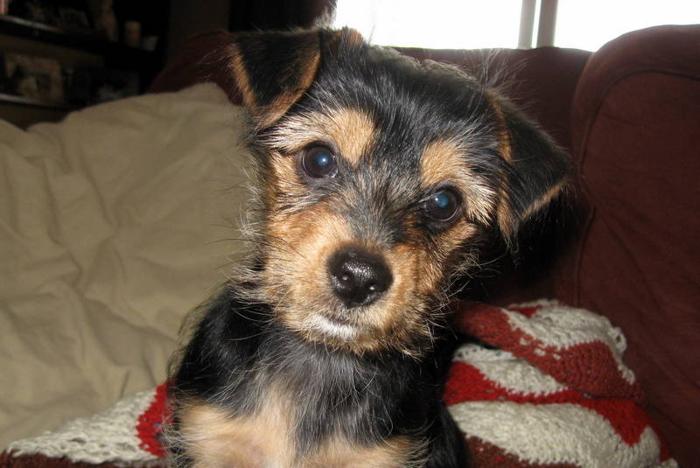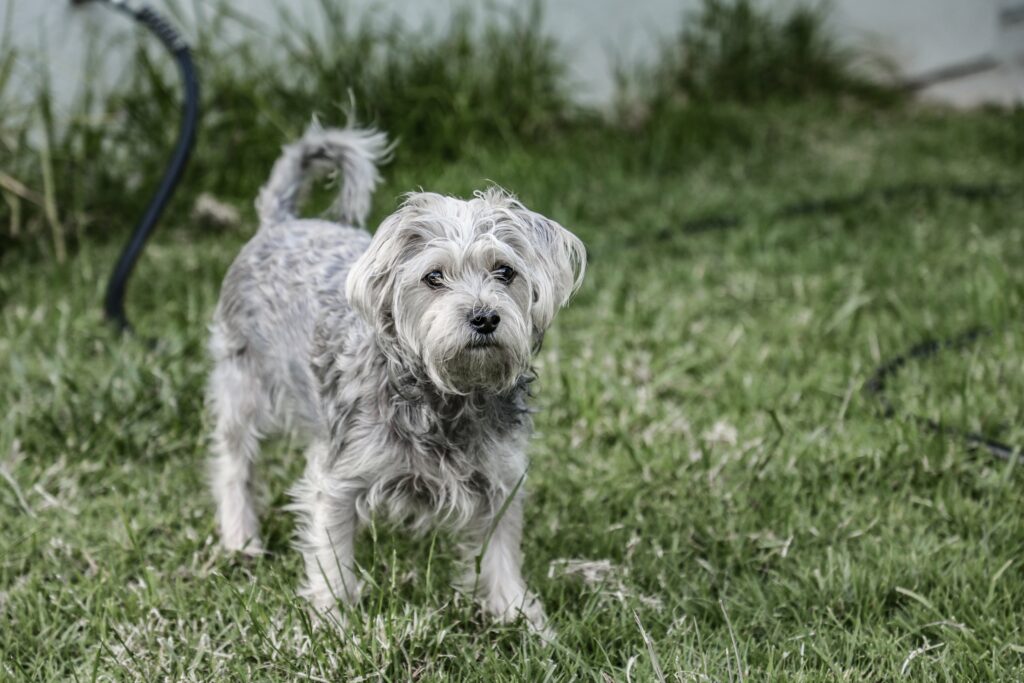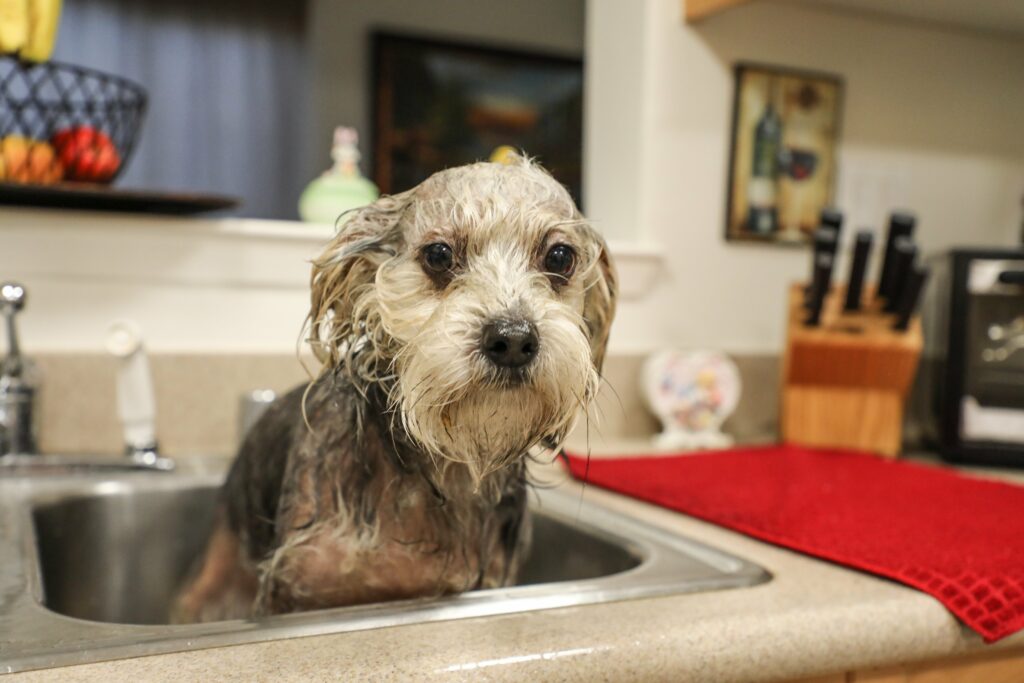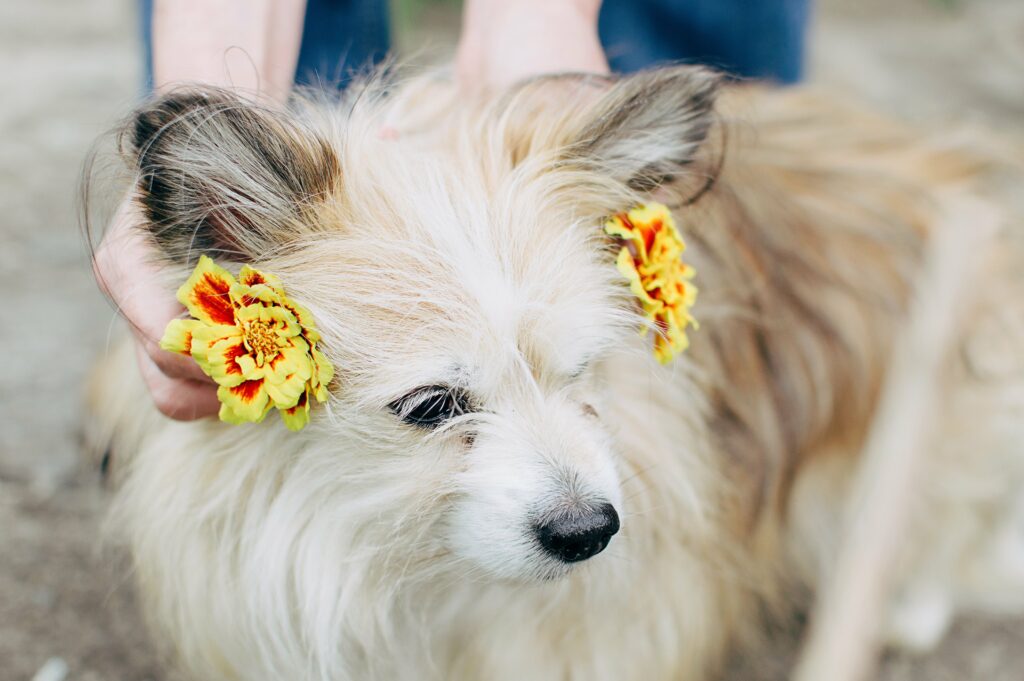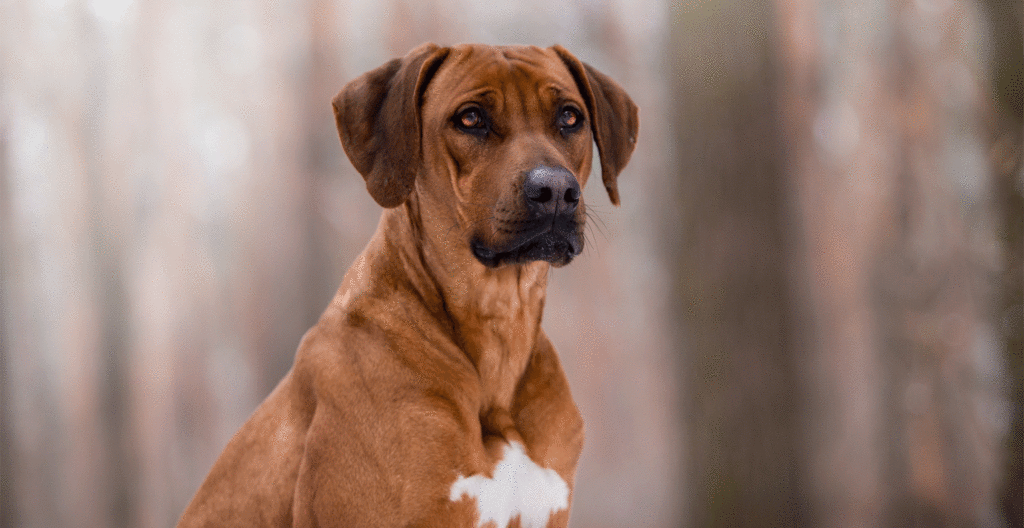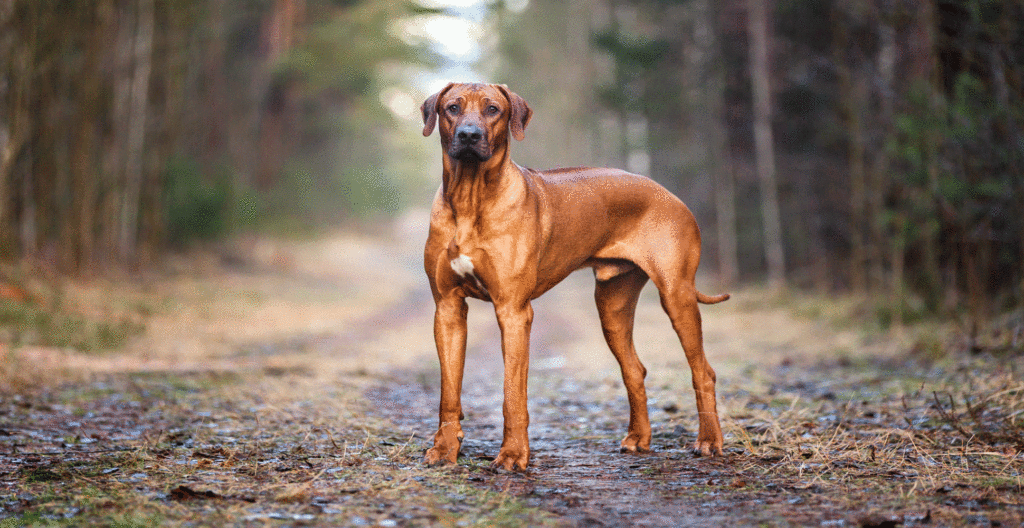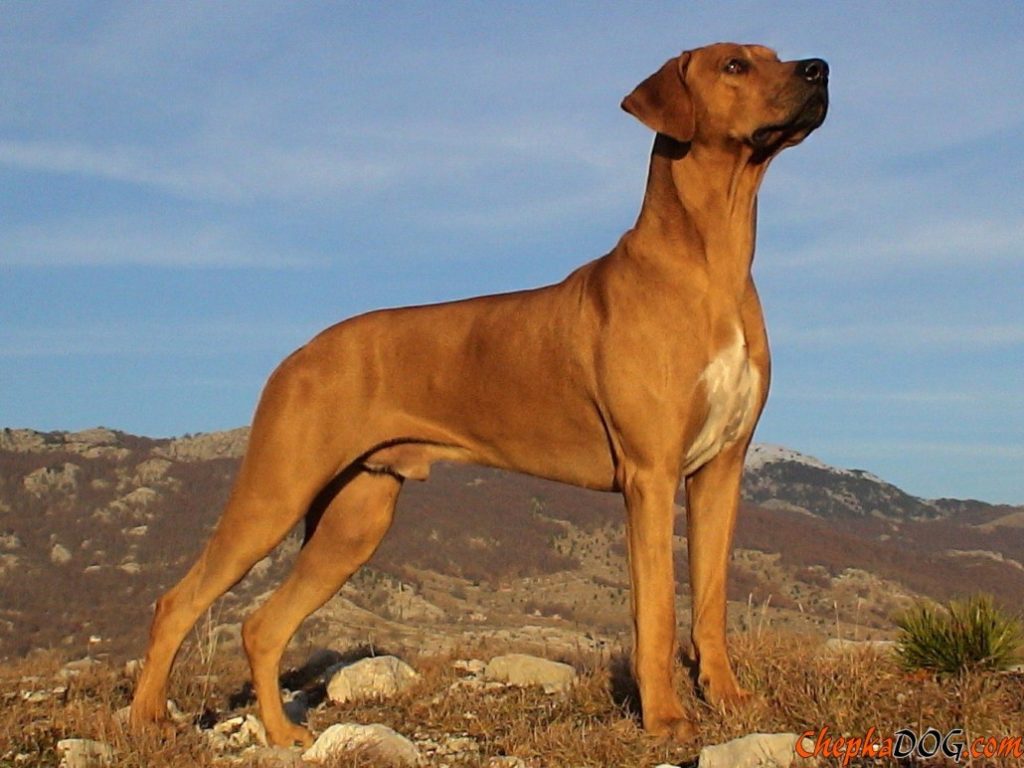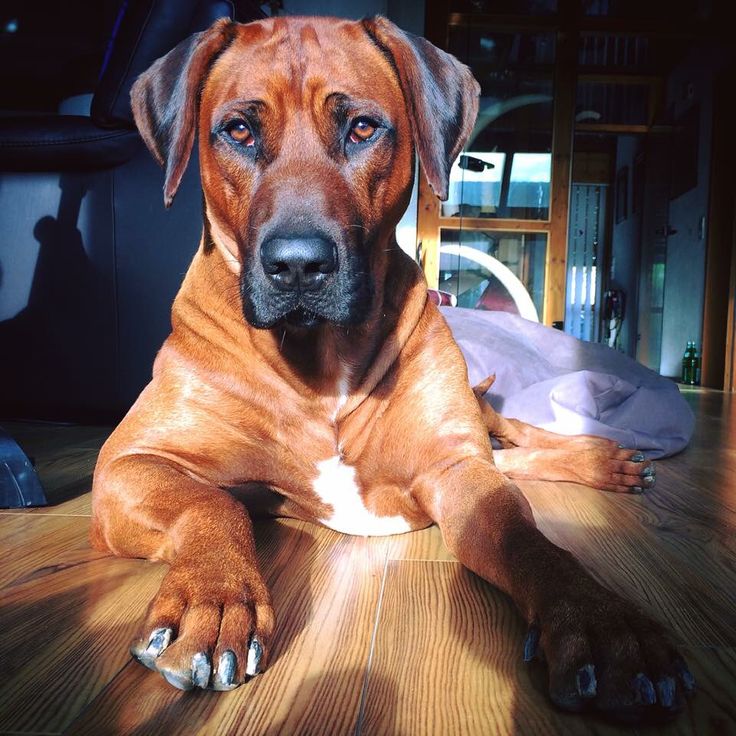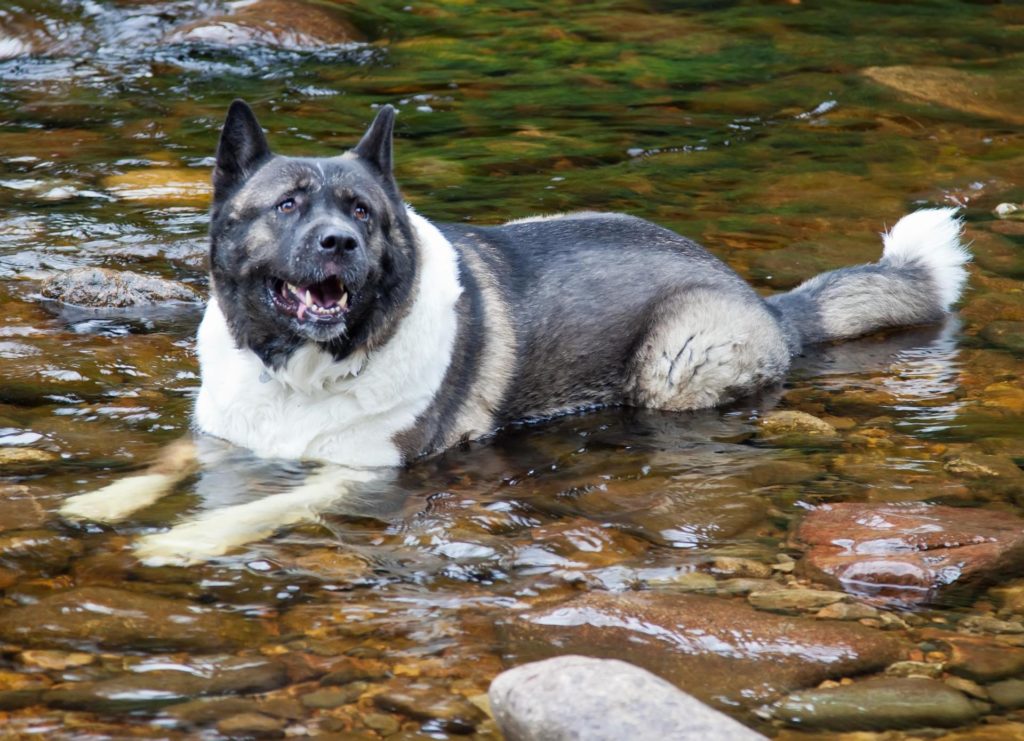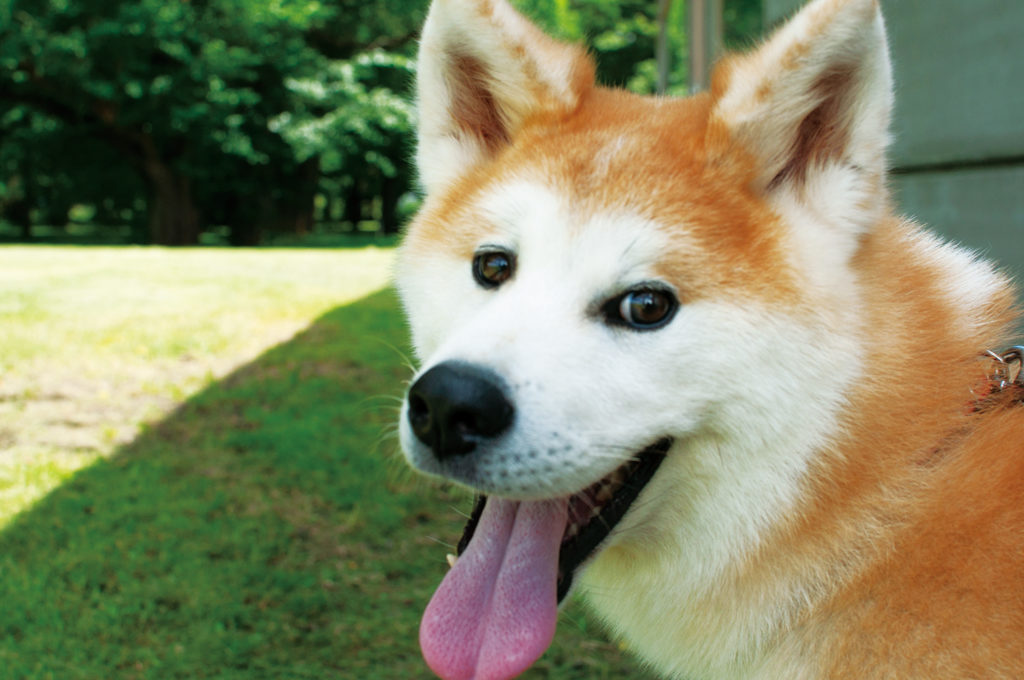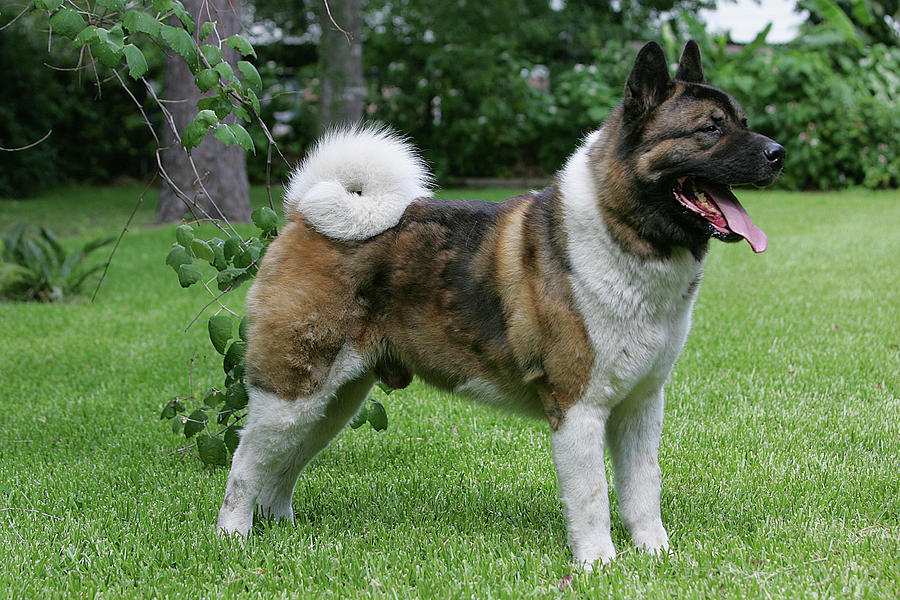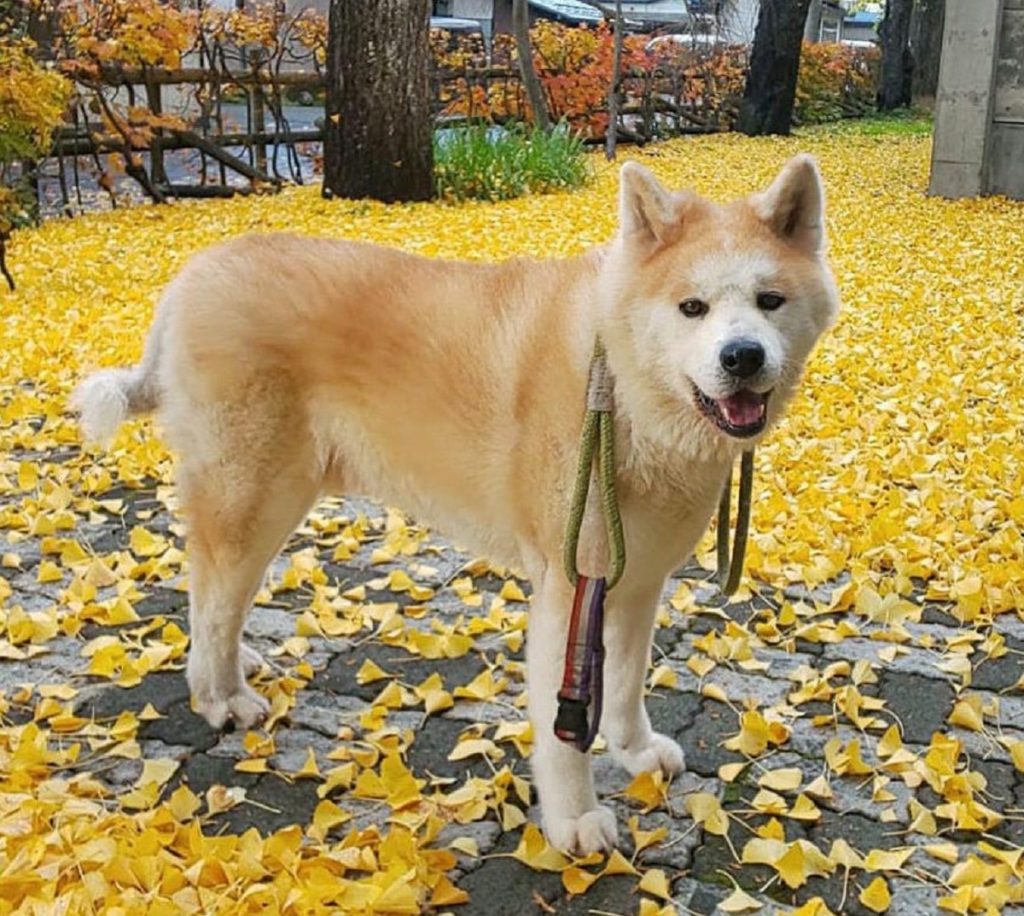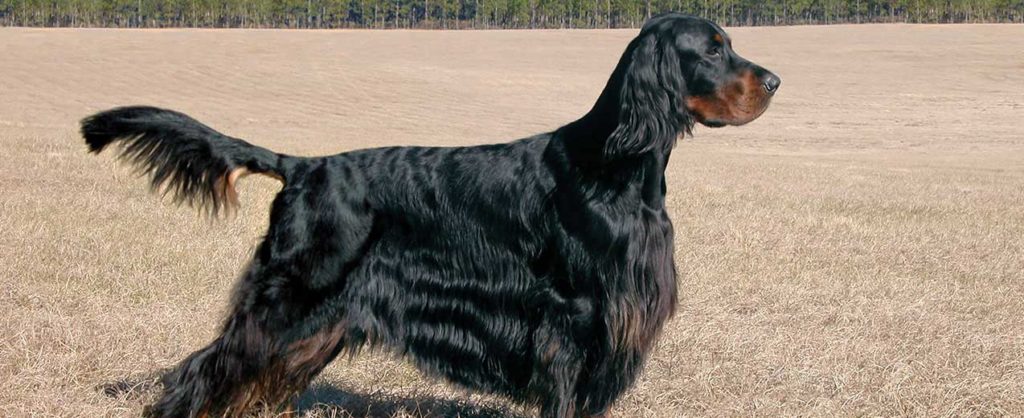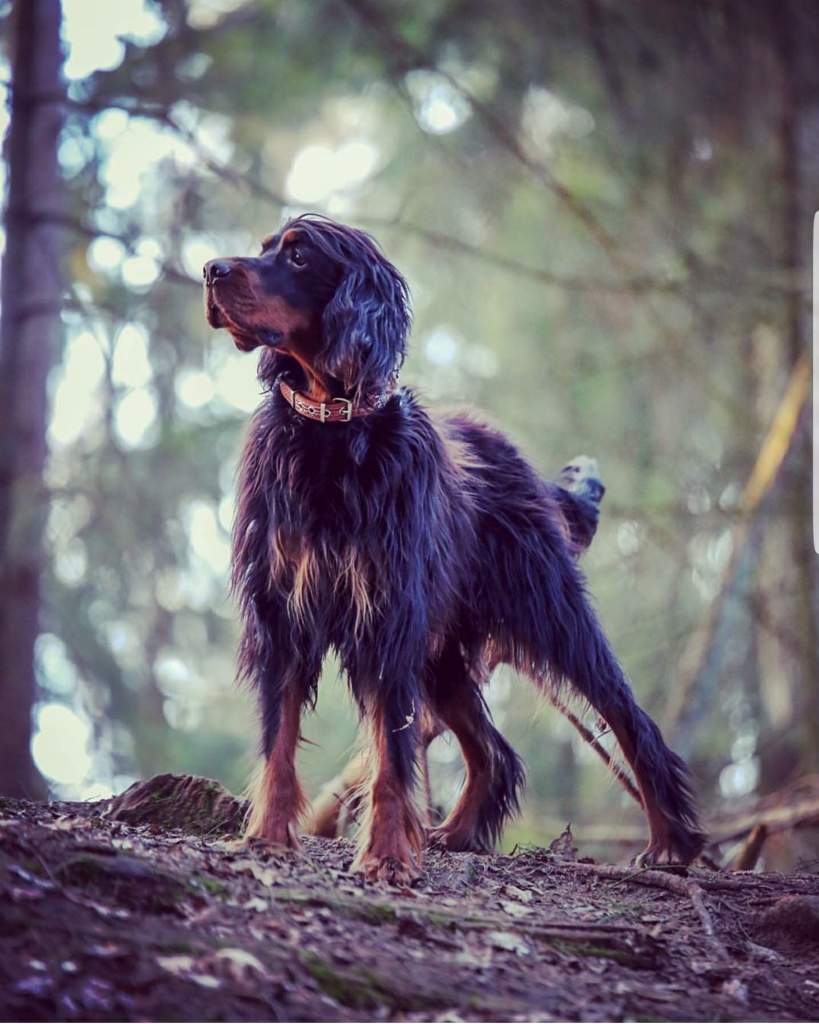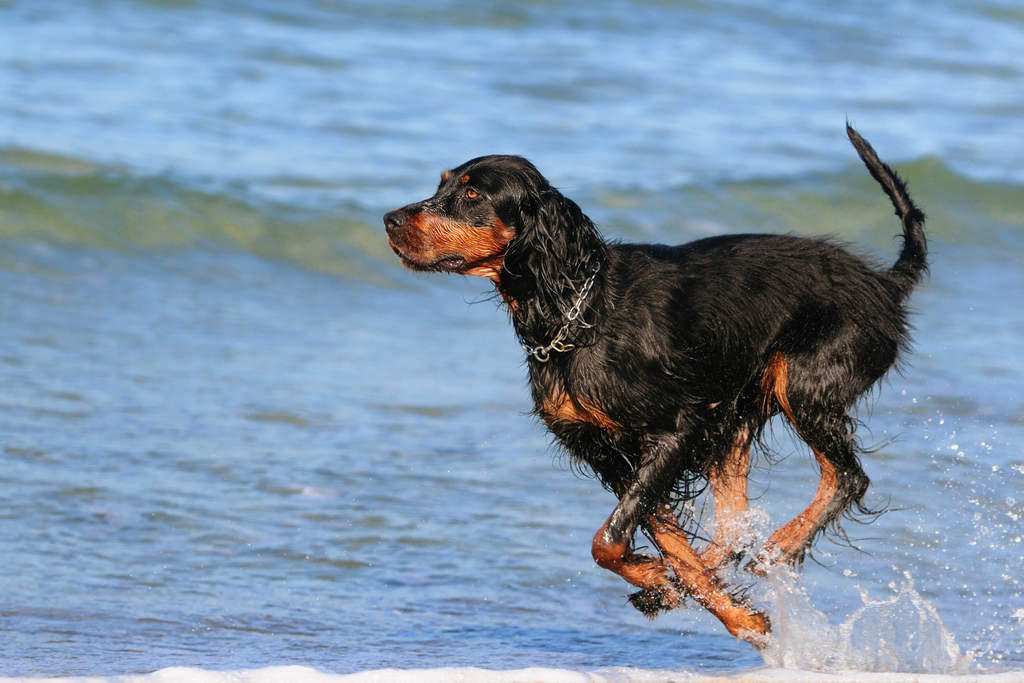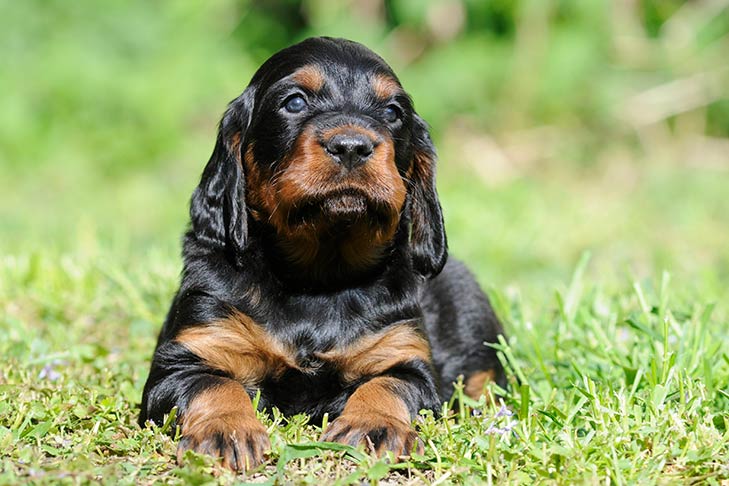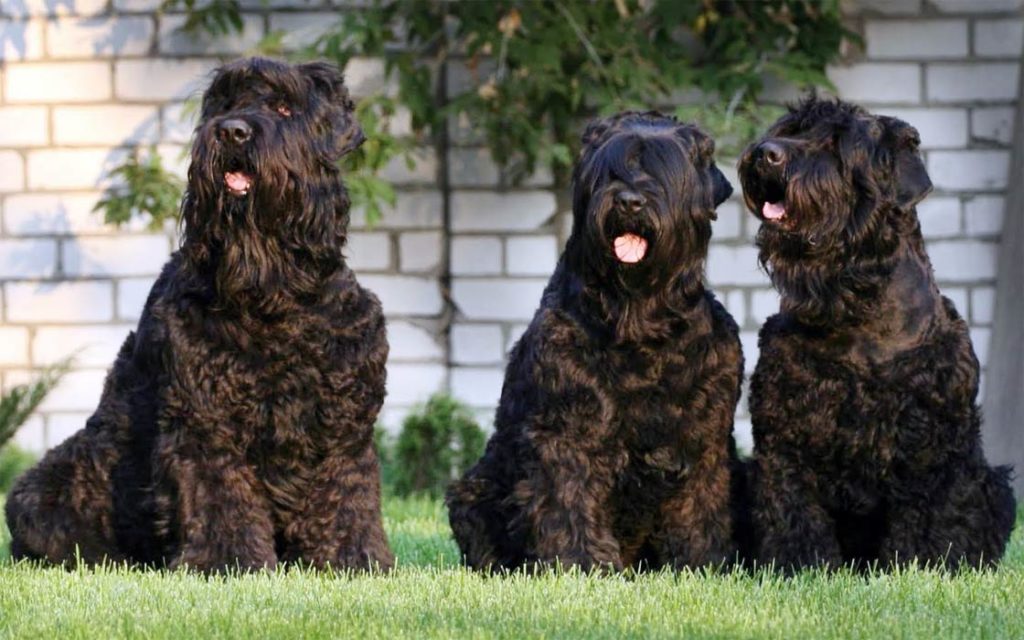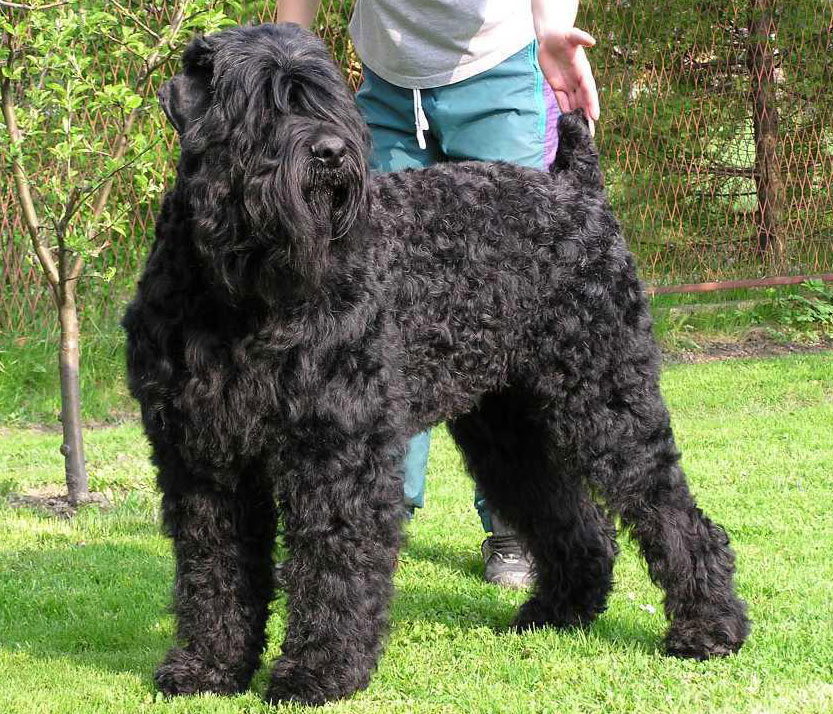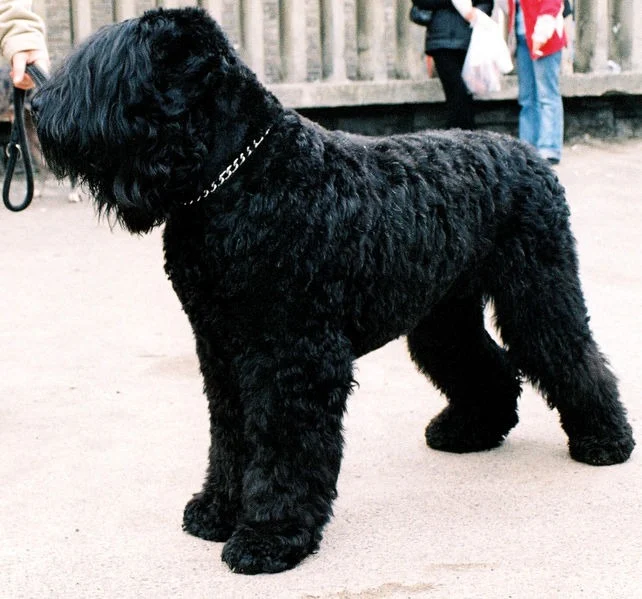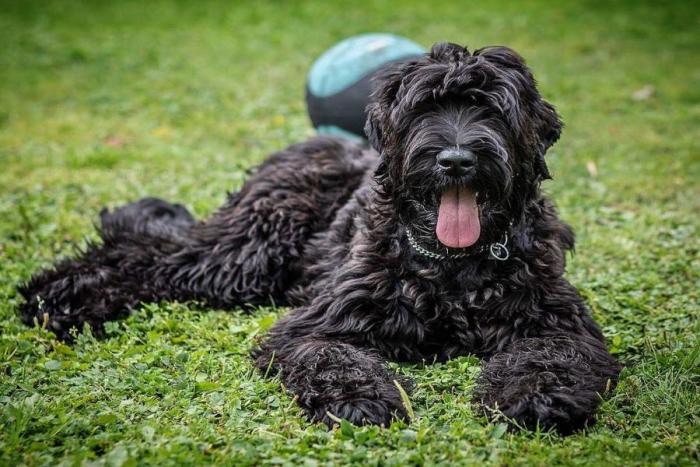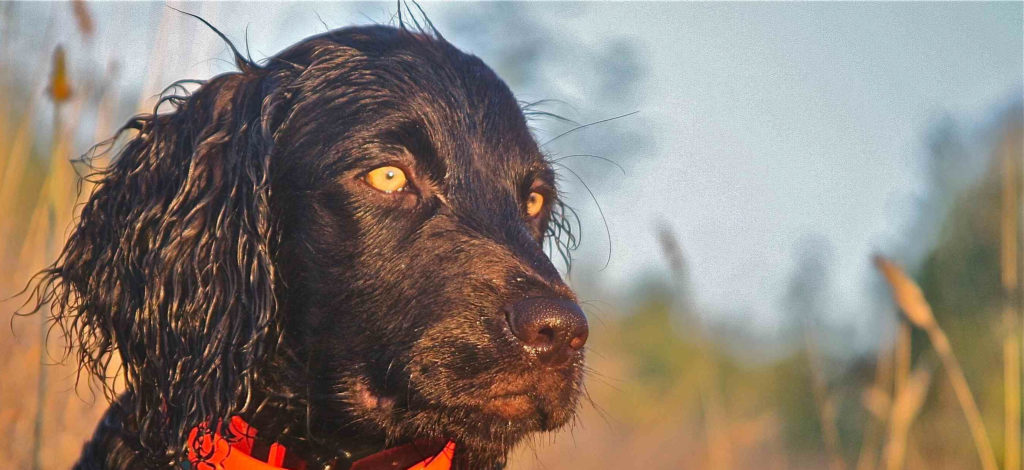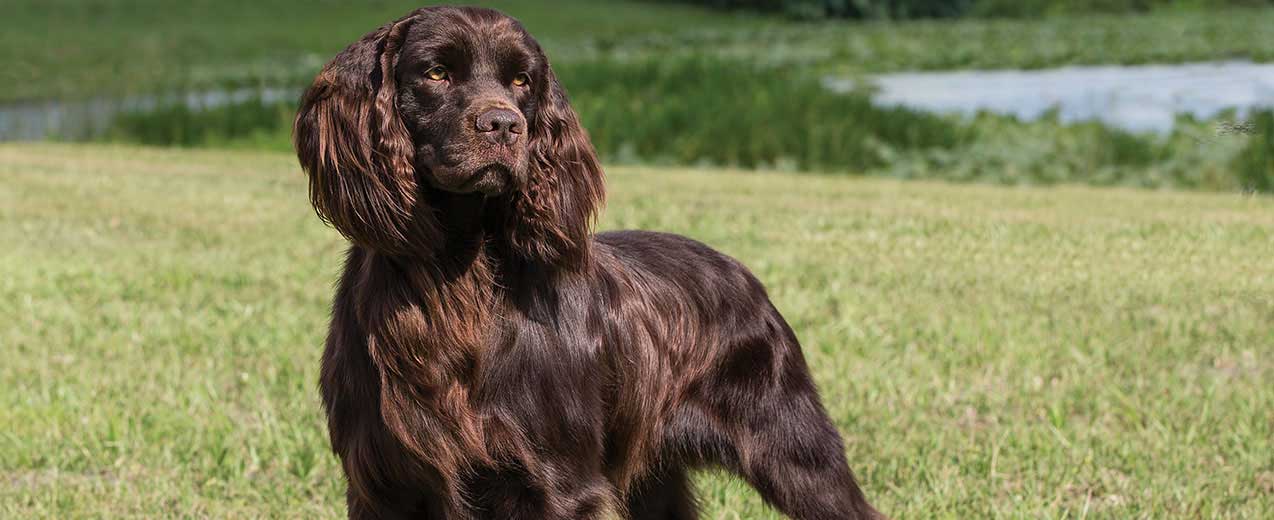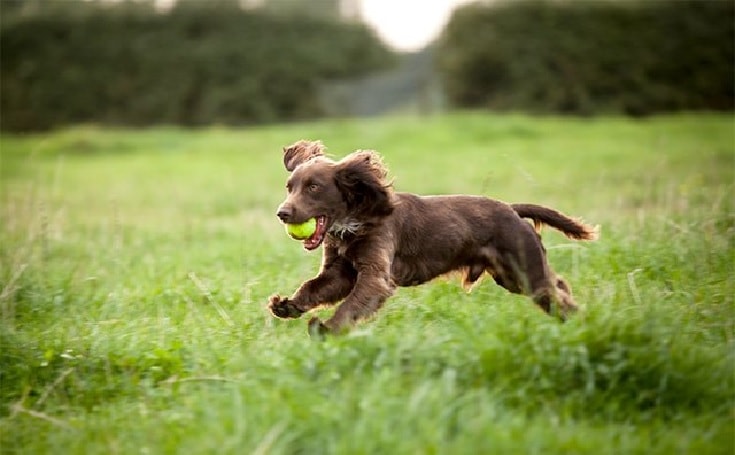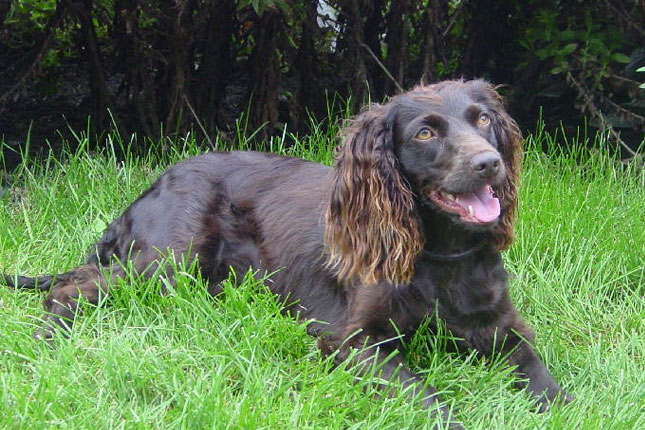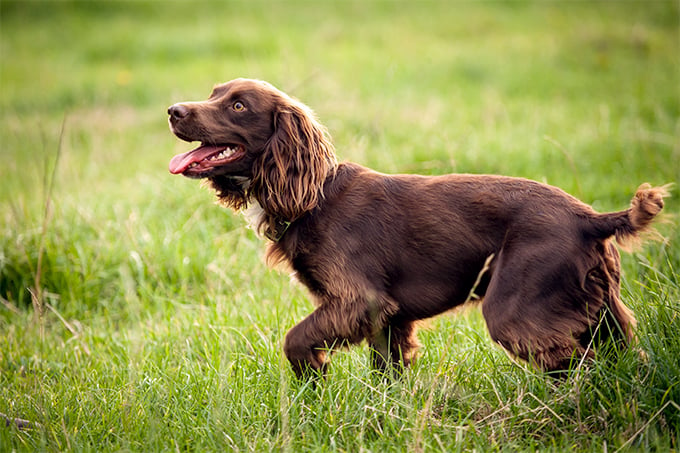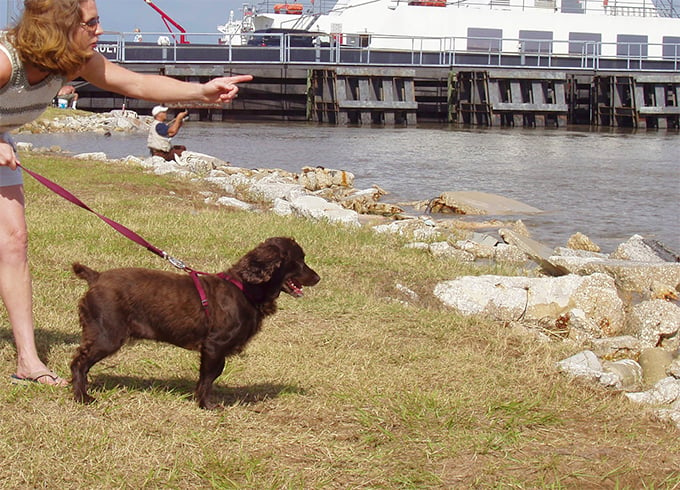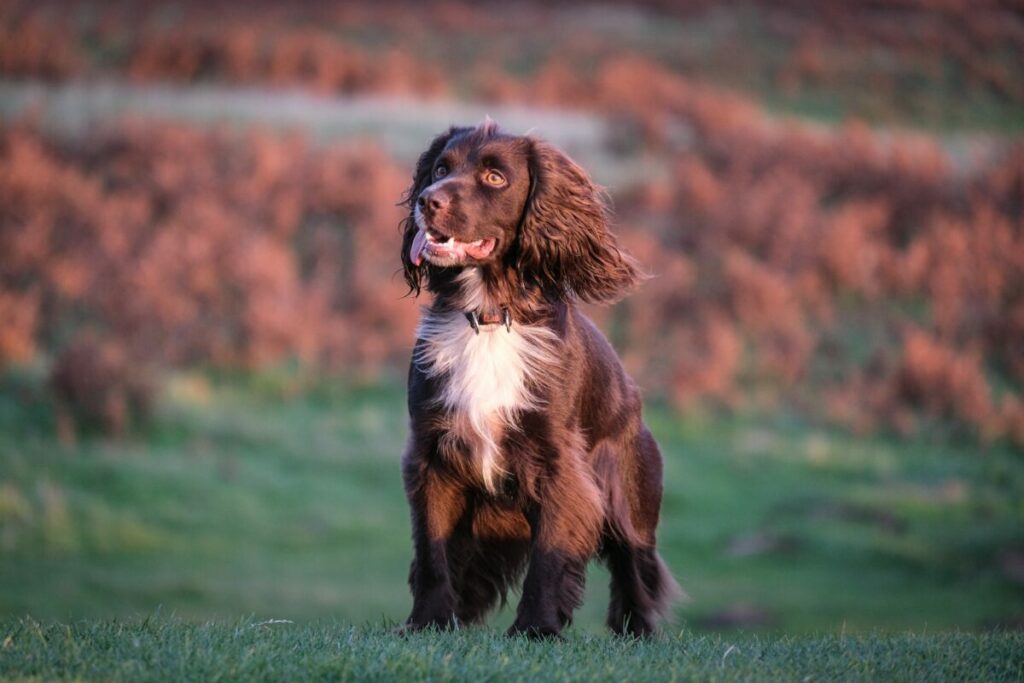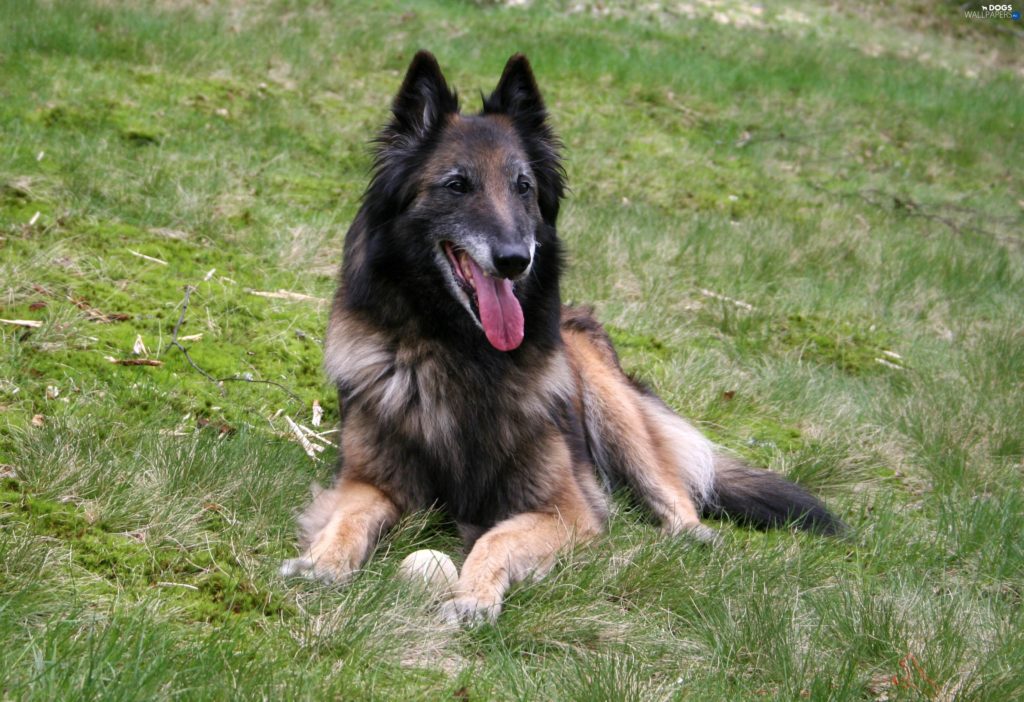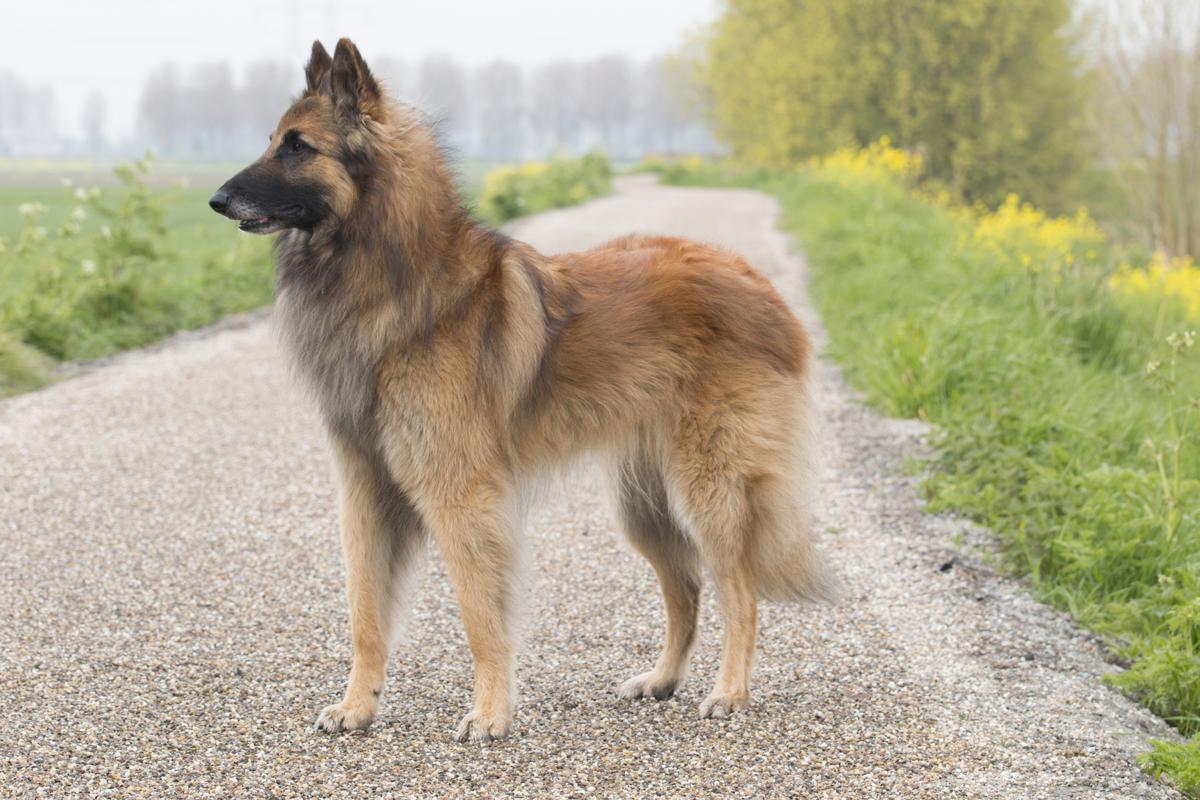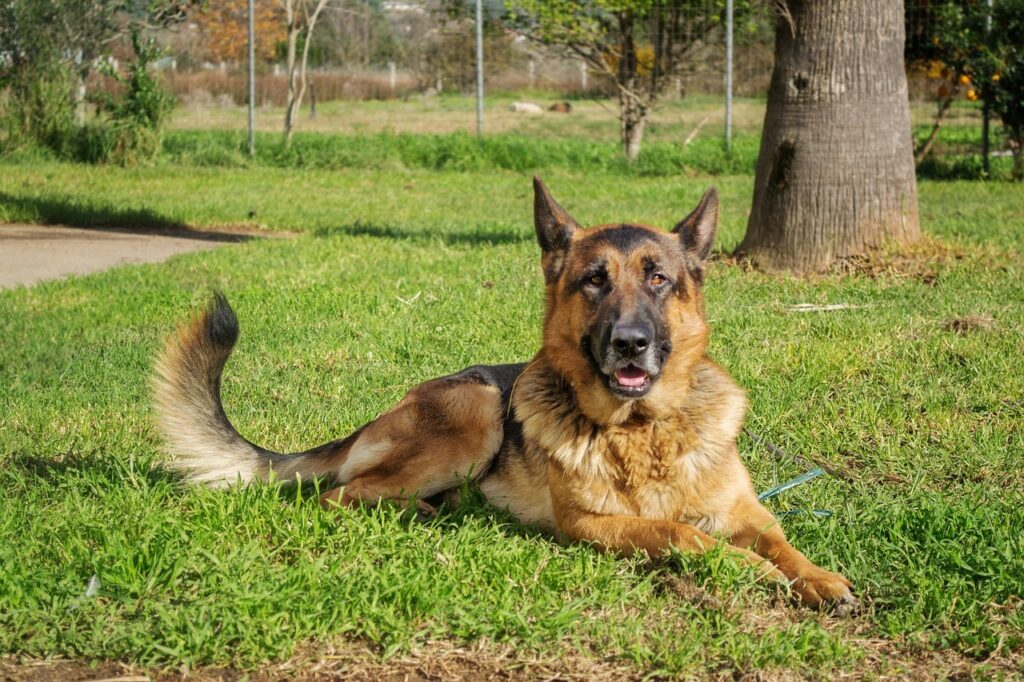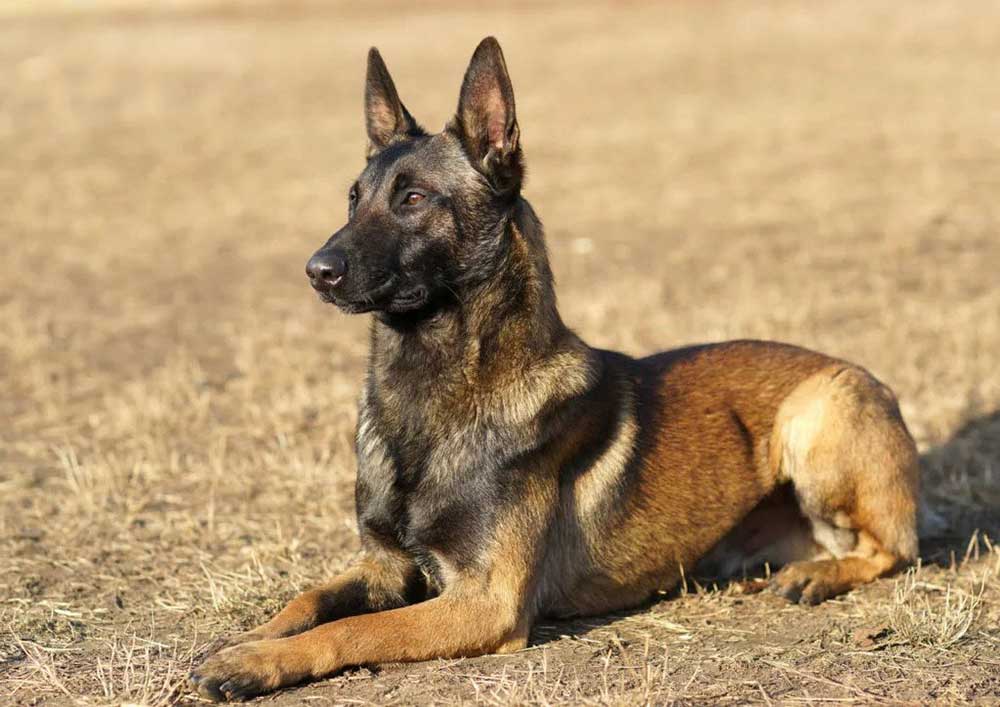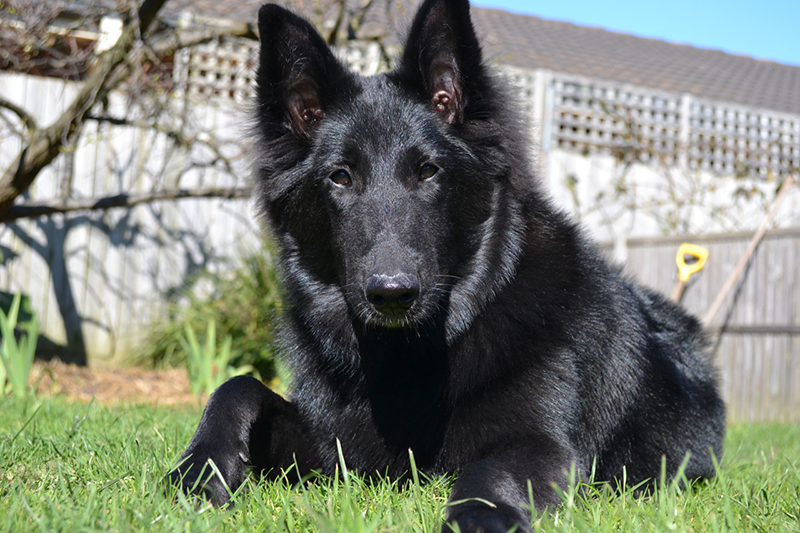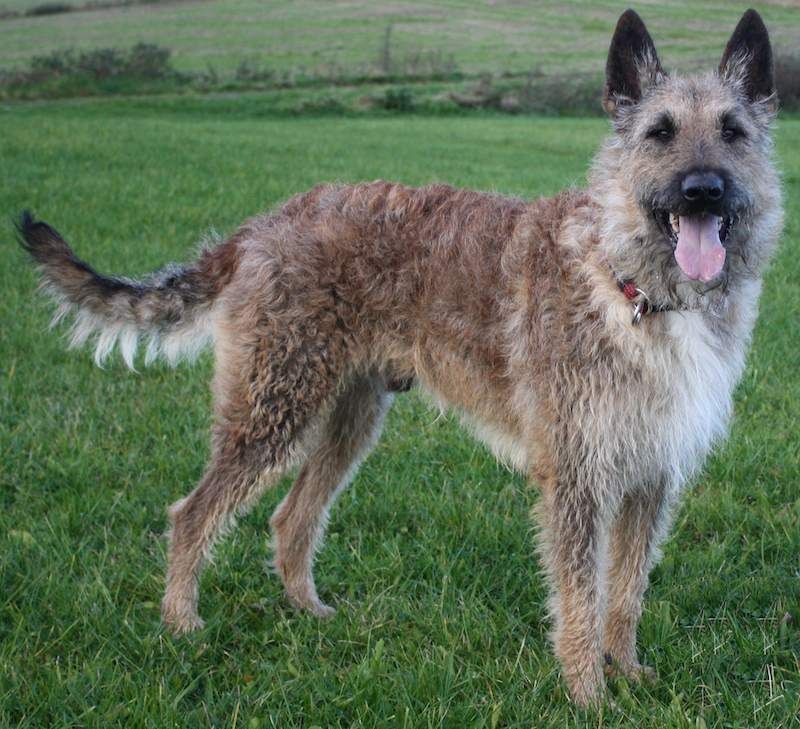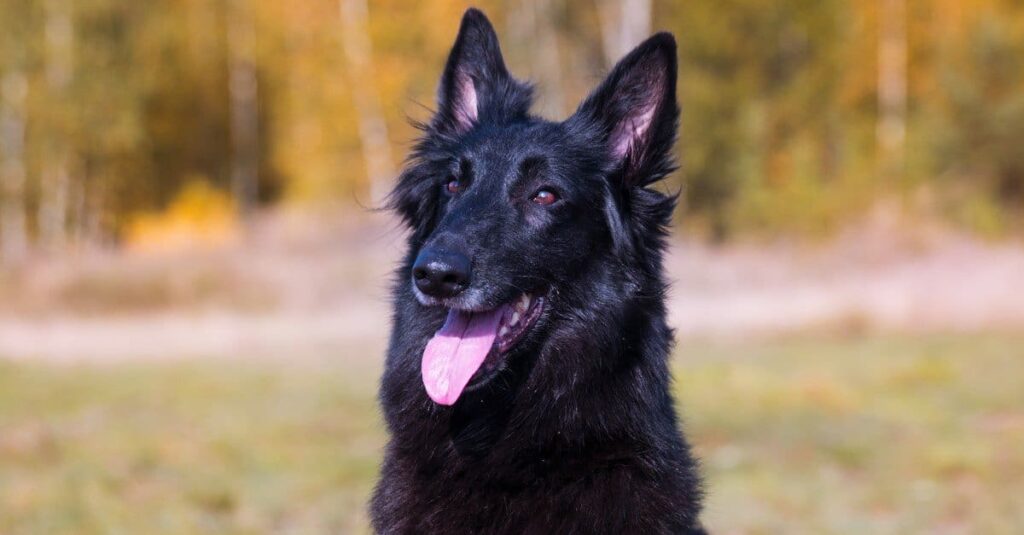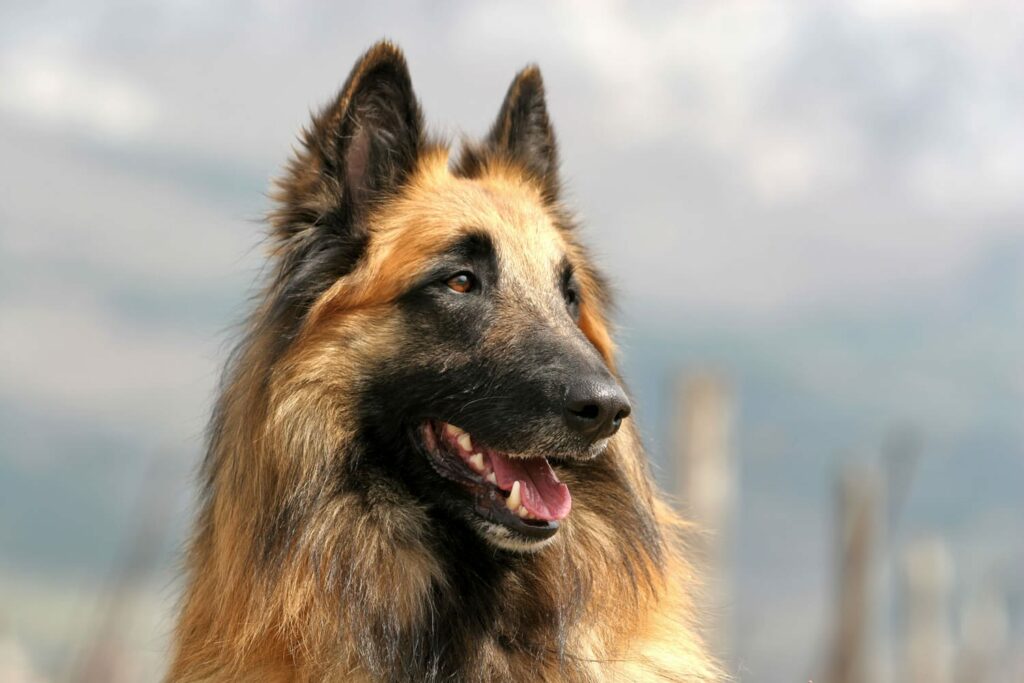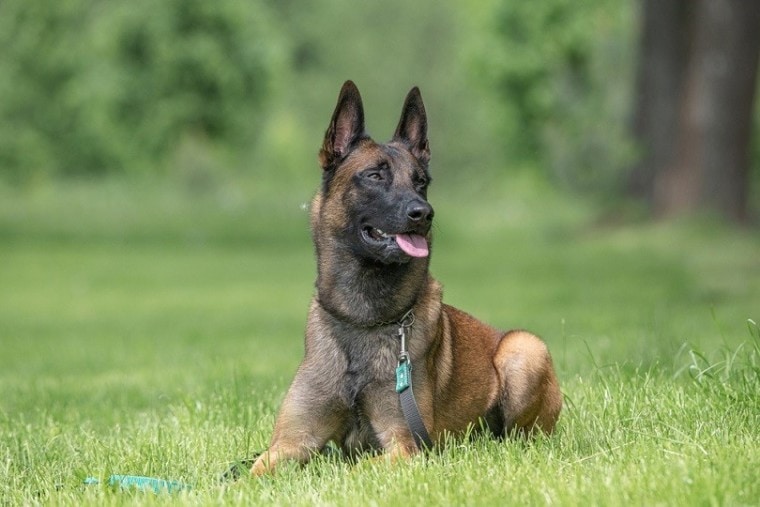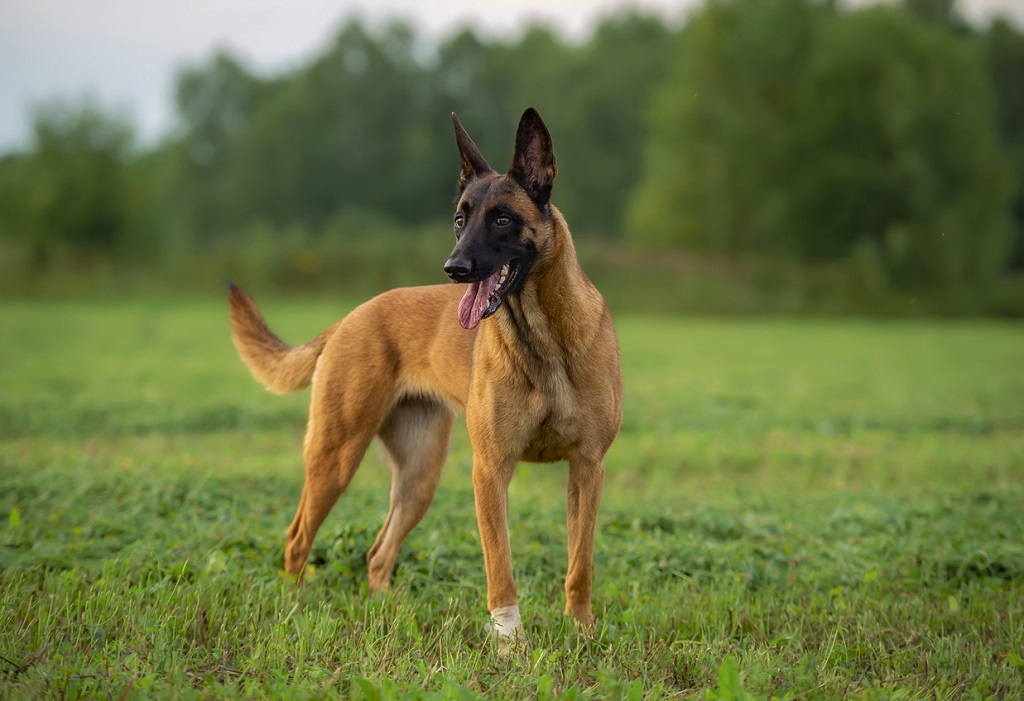Are you considering adding a Cane Corso to your family and wondering about the price? Understanding the factors influencing the Cane Corso price can help you budget effectively and make the best decision for your situation.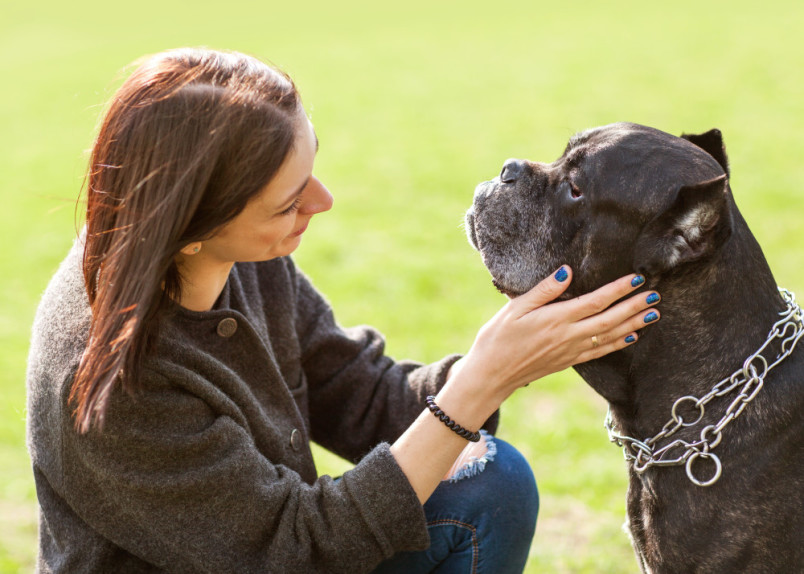
The Cane Corso Dog Breed is an Italian mastiff breed. Bred to hunt game It is usually kept as a partner or guard dog; the Cane Corso is descended from Ancient Rome’s molossoid dogs; it was once found throughout much of the Italian peninsula, but is now only found in Puglia in southern Italy. The dogs became rare after the mezzadria system of share-cropping collapsed in the 1960s.
From about 1980, a few surviving animals were selectively bred to create the modern breed. In 1988, Michael Sottile brought the first Corso litter to the United States, followed by a second litter in 1989. The breed declined as farming became more mechanized, and it was on the verge of extinction, but dog enthusiasts began working to rebuild the Corso in the 1970s.
In this comprehensive guide, we will delve into the various aspects affecting the cost of owning a Cane Corso and provide insights on how to manage expenses without compromising your pet’s well-being.

The Cane Corso’s decline was accelerated by industrialization, and he was nearly extinguished during World Wars I and II. Only a few of the dogs remained in remote areas of southern Italy by the 1970s. When Giovanni Bonnetti brought the breed to Dr. Paolo Breber’s attention in 1973, he became interested. Breber bought some of the dogs the following year and started a breeding program.
The Society Amatori Cane Corso was founded in 1983, and the International Cane Corso Association was founded in 1993. The Fédération Cynologique Internationale granted provisional acceptance in 1996, and full acceptance in 2007. The American Kennel Club of the United States recognized it in 2010. The breed is now governed by a set of rules by the Cane Corso Association of America.
Physical Appearance of Cane Corso Dog
- The Cane Corso Dog is a huge dog with a unique shape that is related to the Neapolitan Mastiff. It is a well-muscled mastiff that is not as bulky as most other mastiff breeds.
- The Cane Corso has a big head and a long, rectangular body.
- The head is large, measuring slightly more than one-third of the height at the withers and stopping abruptly.
- The cranium’s top is flat and converges slightly with the muzzle.
- The eyes are oval in shape and spaced widely. The eye’s iris should be as dark as possible.
- Females are about 4 cm shorter and weigh 5 kg less than males, who stand 62–70 cm at the withers and weigh 45–50 kg. It has a short, dense, and lustrous coat.
- The coat color can be black, grey (lead grey, light grey, or slate grey), or fawn (dark fawn, light fawn, or stag red); it can also be brindled. Minor white splotches on the chest, feet, or nose are acceptable.
Factors Influencing Cane Corso Price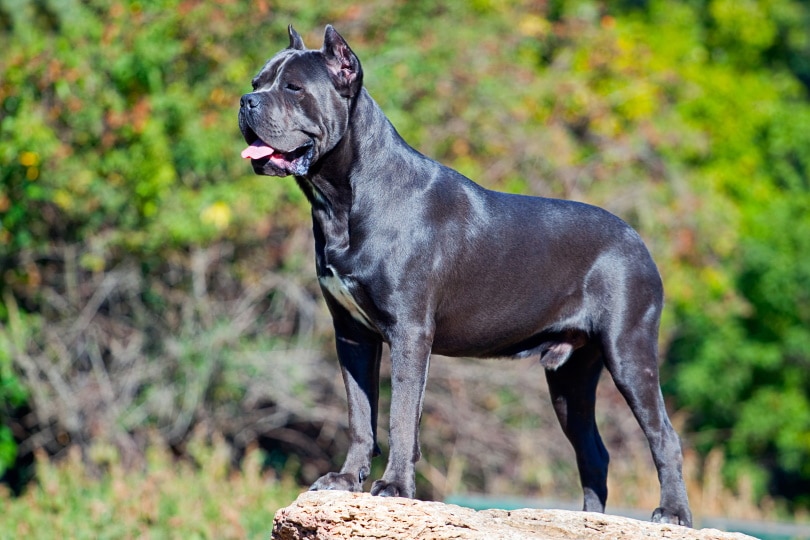
When it comes to determining the Cane Corso Price, several factors come into play. These can include:
- Breeder Reputation: Reputable breeders often charge a premium for their puppies due to the quality of care and breeding practices.
- Bloodline: The pedigree and lineage of a Cane Corso can significantly impact its price. Dogs from champion bloodlines are typically more expensive.
- Color and Coat Type: Some coat colors or types may be more desirable and therefore command a higher price.
- Age: Puppies are usually more expensive than adult dogs, as they require more care and attention.
- Location: The cost of Cane Corsos can vary based on the breeder’s location and demand in that area.
Behavior of Cane Corso Dog
The Cane Corso Dog has a dominant personality and is extremely muscular. Those qualities are what distinguish him as a formidable safeguard of his home and family. However, an owner who is unable to create his or her role as a pack animal and regulate this conduct may find his innate habit of taking command troublesome. While Cane Corso is affectionate and loving with his family, including children, he will try to establish dominance.
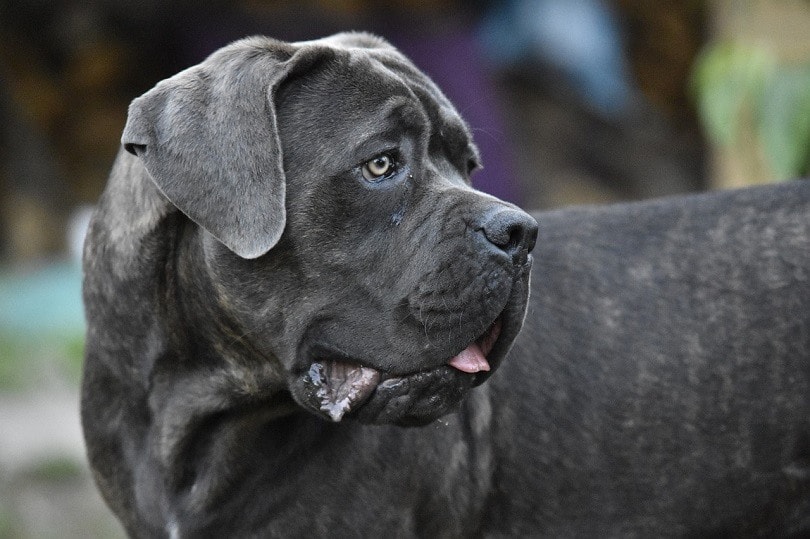
Anyone considering this breed should be confident in their ability to set boundaries because this dog will undoubtedly check them. The Cane Corso Dog is an extremely competent and athletic dog who requires a lot of exercises to stay in shape both emotionally and cognitively.
Cost of Purchasing a Cane Corso
On average, the Cane Corso Price for a puppy from a reputable breeder ranges from $1,500 to $3,500. However, prices can go higher for show-quality or rare color variations. It’s essential to research breeders thoroughly and ensure they adhere to ethical breeding practices to avoid potential health and behavior issues in your pet.
Additional Expenses to Consider
Beyond the initial purchase price, owning a Cane Corso comes with additional expenses. These can include:
- Veterinary Care: Regular check-ups, vaccinations, and preventative care are crucial for your pet’s health.
- Food and Supplies: Cane Corsos are large dogs with hearty appetites, so expect to budget for high-quality food and durable toys.
- Training and Socialization: Proper training and socialization are essential for Cane Corsos to thrive and prevent behavioral issues.
- Grooming and Healthcare: Factor in grooming expenses and potential healthcare costs in your budget.
Cane Corso Dog Training and Caring
Train and develop your Cane Corso puppy as soon as you bring him home, while he is still a small puppy. The importance of early and frequent socialization cannot be overstated. Continue to socialize your Cane Corso Dog throughout his life, but he will never be friendly to anyone other than his family. To stay in shape, this working breed requires a lot of physical activity.
Every day, take him for a brisk walk or jog in the morning and evening. Give this dog a job to keep his mind stimulated. If you pay him little or no attention, he may become aggressive and destructive. The Cane Corso Dog has a smooth, shedding coat. Brush him at least once a week to remove dead hair and maintain the health of his skin and coat.
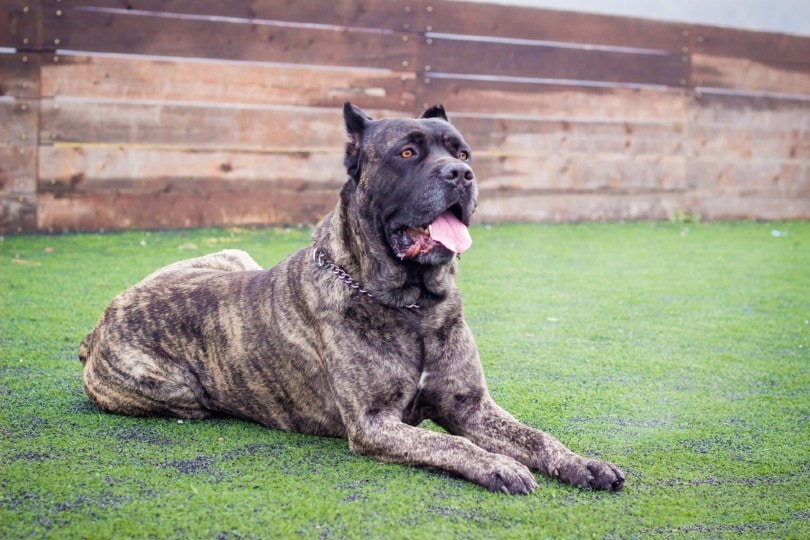
Ways to Save on Cane Corso Costs
While owning a Cane Corso can be a significant investment, there are ways to save on costs without compromising your pet’s well-being. Consider the following tips for Cane Corso Price:
- Adopt from a Shelter: Rescue organizations often have Cane Corsos available for adoption at a fraction of the cost of purchasing from a breeder.
- Insurance: Pet insurance can help offset unexpected medical expenses and provide peace of mind.
- DIY Grooming: Learning basic grooming skills can save you money on professional grooming services.
- Health Maintenance: Stay proactive with your pet’s health to prevent costly medical issues down the line.
Cane Corso Dog Health
Corsos are relatively healthy dogs, but they, like all breeds, are susceptible to certain health issues. Hip dysplasia, eye problems such as entropion or ectropion, demodectic mange, and a tendency toward gastric torsion are some of the health conditions seen in the Cane Corso. They live for 8 to 10 years on average.
RECOMMENDED ARTICLES
- Great Dane Dog – Characteristics, Behaviour, Caring And Health
- Cane Corso Price Demystified: How Much Should You Expect to Pay?
- Pronouncing Cane Corso 101: Your Ultimate Guide to Flawless Articulation
- Giant Schnauzer Dog; 4 Exclusive Body Characteristics, Behaviour, Caring And Health
- Dogue de Bordeaux Dog – 5 Exclusive Physical Characteristics, Behaviour And Health
- Bullmastiff Dog – 6 Captivating Physical Appearance, Training And Health
Conclusion
In conclusion, understanding the factors influencing the Cane Corso Price is vital for prospective owners to make informed decisions. By considering the initial purchase price, ongoing expenses, and ways to save on costs, you can provide your Cane Corso with a happy and healthy life.
Remember, owning a pet is a long-term commitment that requires both financial and emotional investments. By planning ahead and budgeting wisely, you can enjoy the companionship of your Cane Corso without breaking the bank.
If you’re ready to welcome a Cane Corso into your home, start your search with a reputable breeder or adoption organization to find the perfect match for your family. Your furry companion will surely bring joy and love into your life for years to come.
If you Like, Please share it. Sharing is usually Caring

